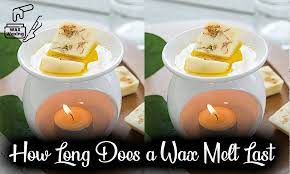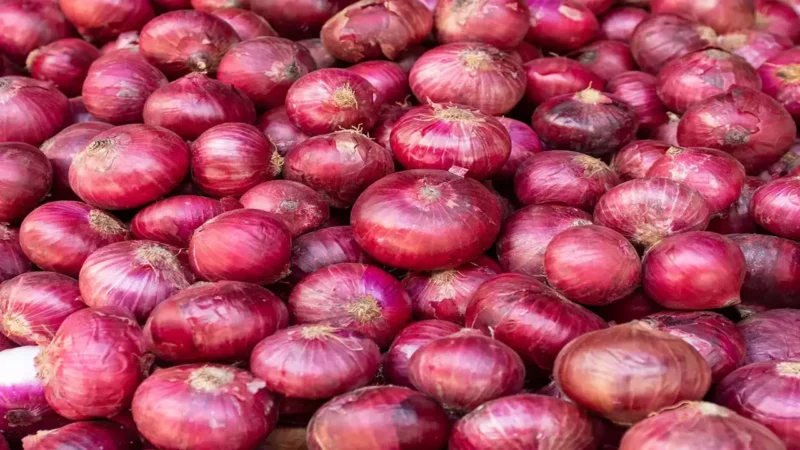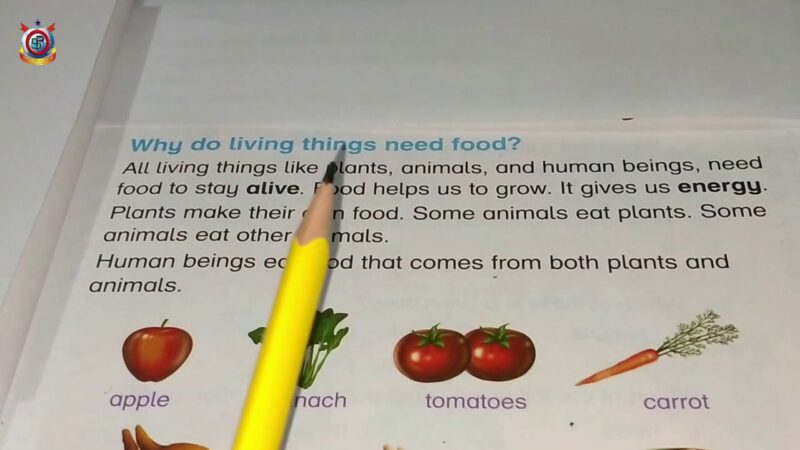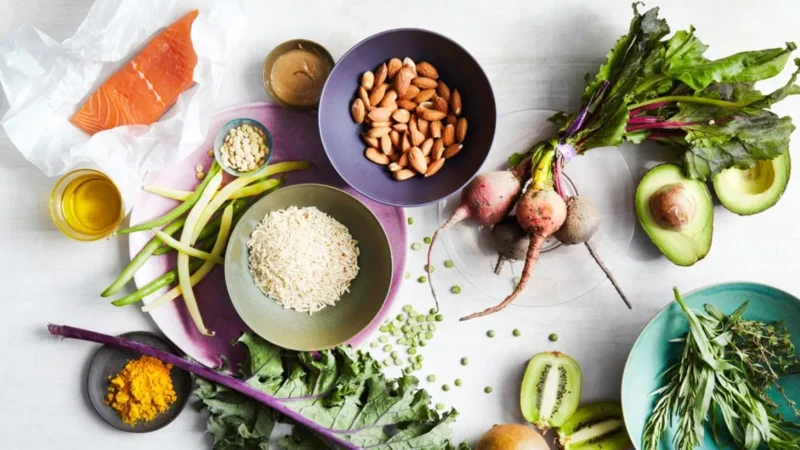Leave No Tittynope: Surprising Ways to Use All of Your Food

In today’s world of excess, it’s always refreshing to hear someone talk about not wasting anything. That’s why we love the word tittynope. Pronounced [TIT-ee-nope], tittynope refers to a small quantity of anything left over. So the broccoli you left uneaten on your plate is a tittynope of the meal, and the dregs of tea are also a tittynope. Tea dregs are fine to be left behind, but be sure you don’t always leave broccoli as a tittynope.
Introduction
A tittynope is a small quantity of anything left over. So the broccoli you left uneaten on your plate is a tittynope of the meal, and the dregs of tea are also a tittynope. Tea dregs are fine to be left behind, but be sure you don’t always leave broccoli as a tittynope.
Some examples of tittynopes
One example of a tittynope is the small amount of food that is left over after a meal. This could include the broccoli you didn’t eat, or the dregs of your tea. It’s important to not always leave food as a tittynope, as this can be wasteful. However, there are some ways to put all of your food to good use. Here are some ideas:
- Use tea dregs to fertilize plants. The tannins in the dregs help to acidify the soil and make it more hospitable to plants.
- Compost leftover food. This is a great way to recycle and reuse your food instead of just throwing it away.
- Turn leftover vegetables into soup or stew. This is a great way to use up veggies that might otherwise go to waste.
- Bake bread with leftover flour. If you have any flour left over from making cookies or cake, you can use it to make bread.
Why it’s important not to leave food as tittynopes
When you leave food as tittynopes, it means you’re wasting food. That’s not good because there are people in the world who don’t have enough to eat. So be sure to eat all of your food and don’t leave any tittynopes.
How to avoid leaving tittynopes
Plan your portions so that you don’t have too much food left over Try to finish all of your broccoli (or other vegetables) before moving on to dessert If you’re still not sure you’ll be able to eat everything on your plate, take a smaller portion to start with Consider packing up the leftovers and taking them home for laterTittynopes can be frustrating. You’ve paid for the food, so you want to be able to eat it all. And while tittynopes might not seem like a big deal, they can actually have a pretty significant impact on your wallet and your waistline.
Final Thought
Now that you know the definition and meaning of tittynope, it’s time to start being more mindful of not wasting food. Whether you’re at home or out at a restaurant, make sure to take only what you can eat and ask for any leftovers to be packaged up for you. This way, you’ll not only avoid wasting good food, but also help reduce the amount of waste produced each year. What are some ways that you can prevent tittynopes in your own life?





